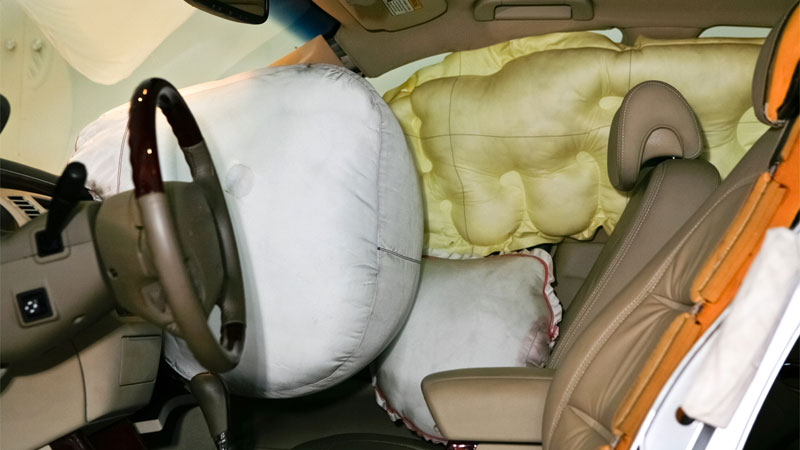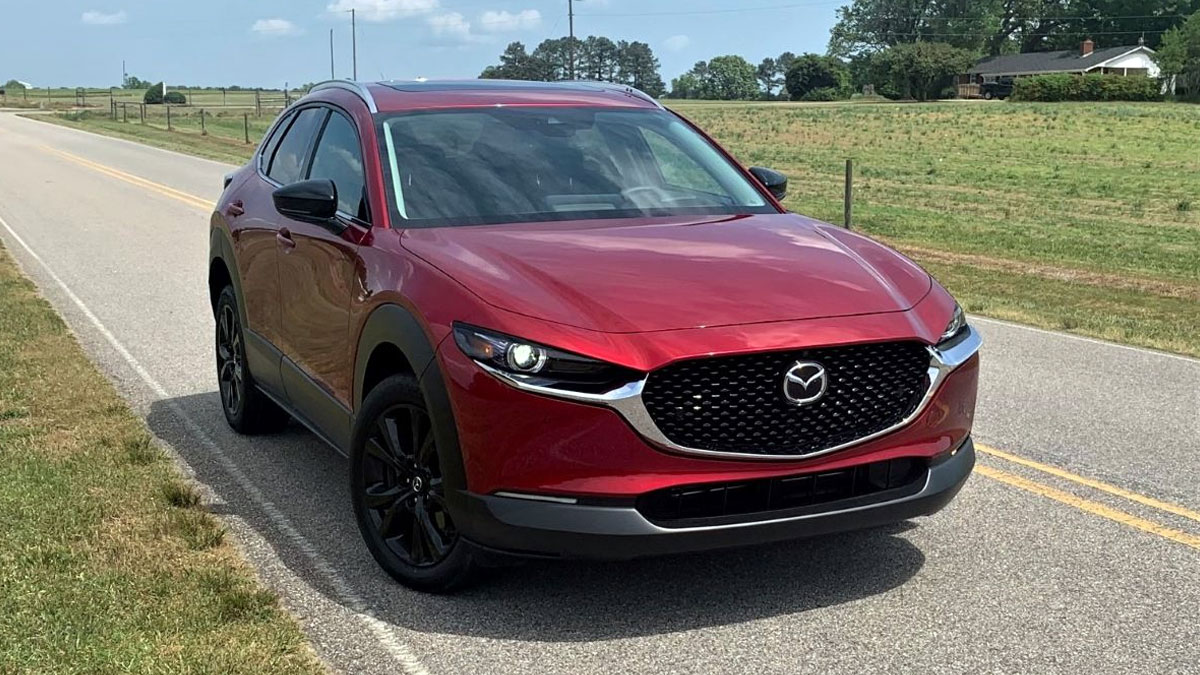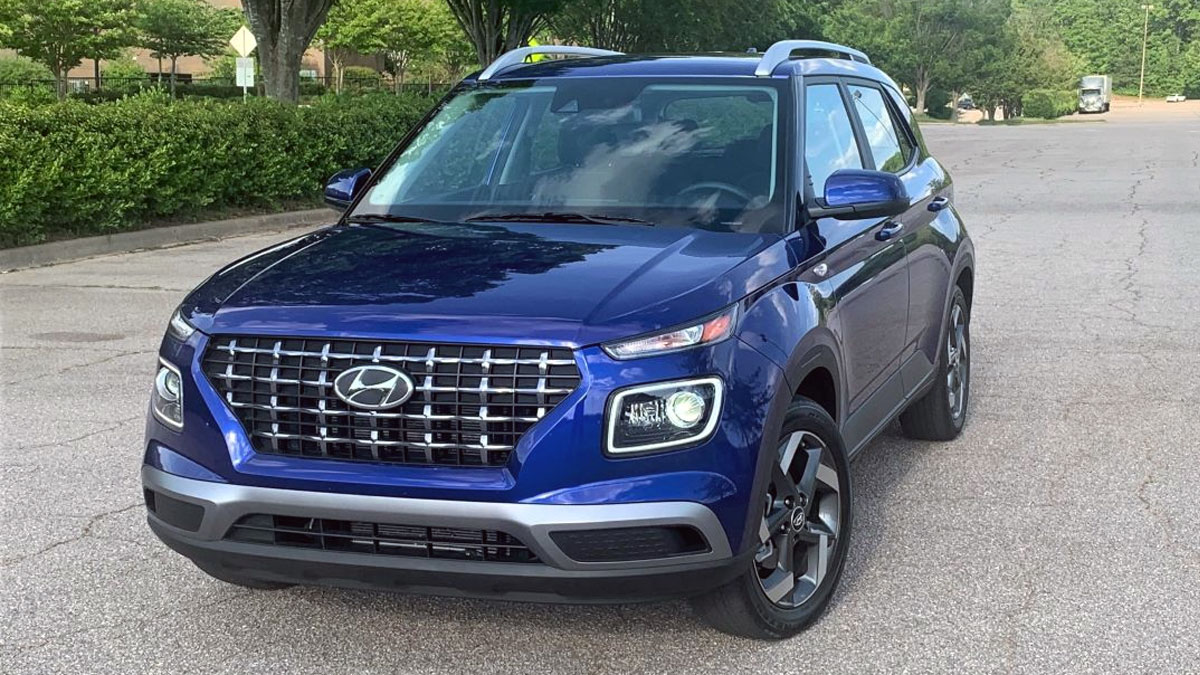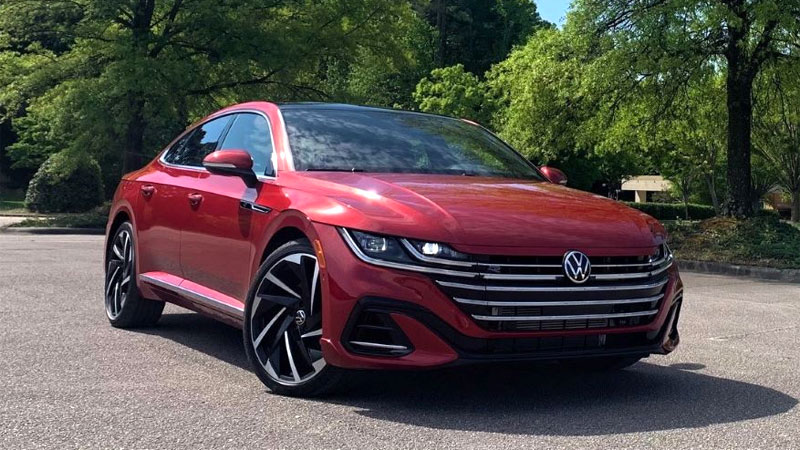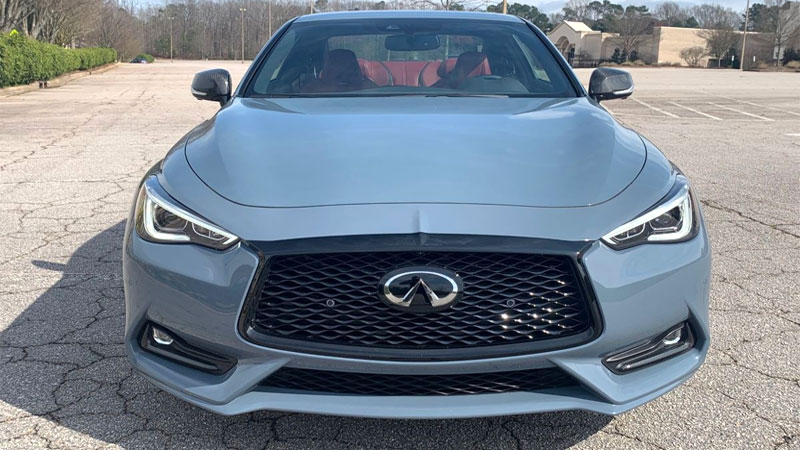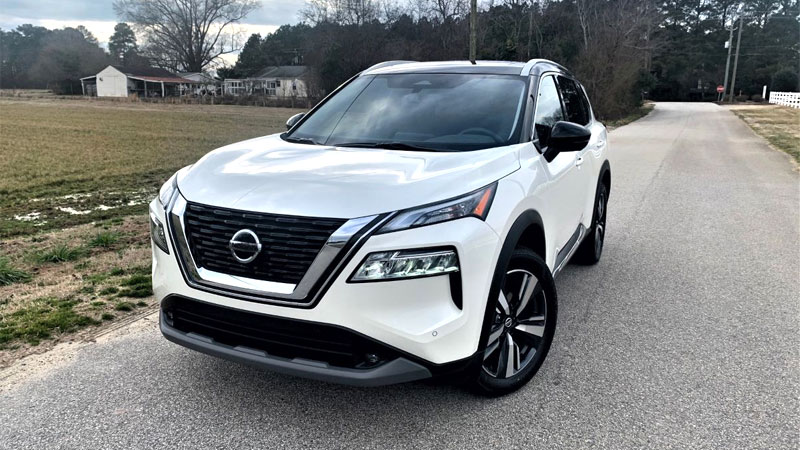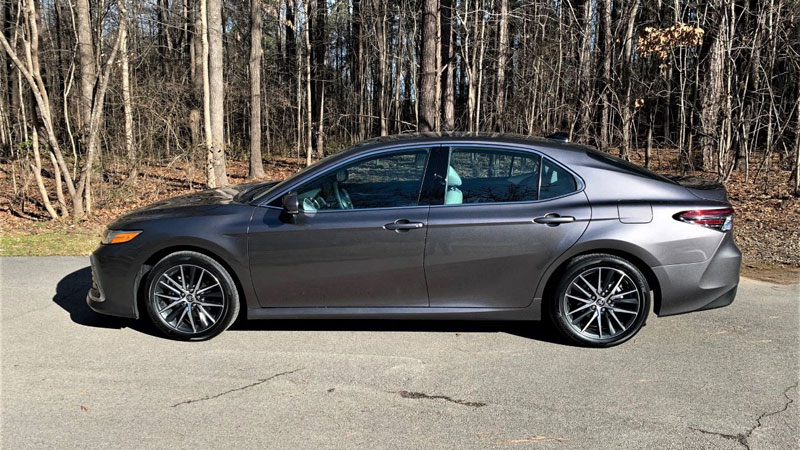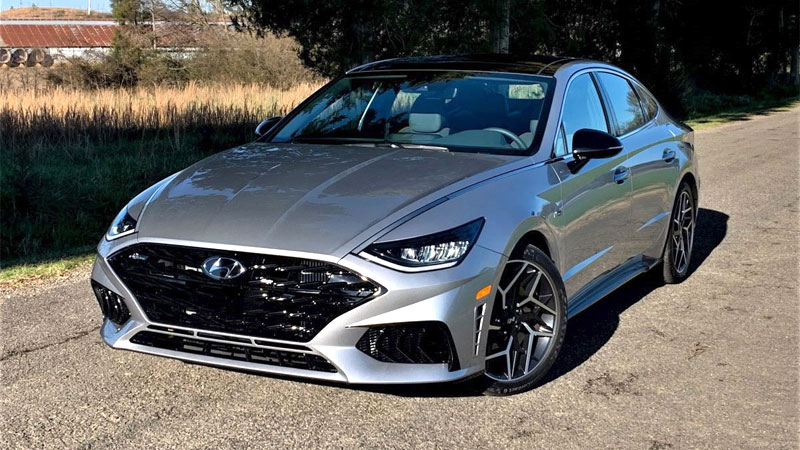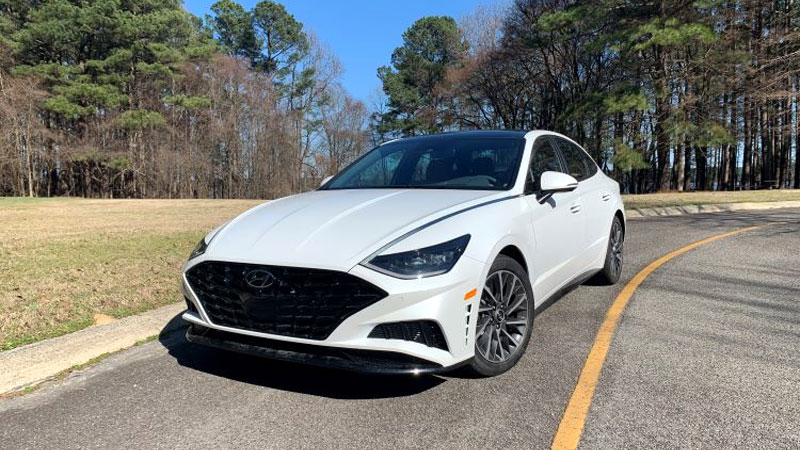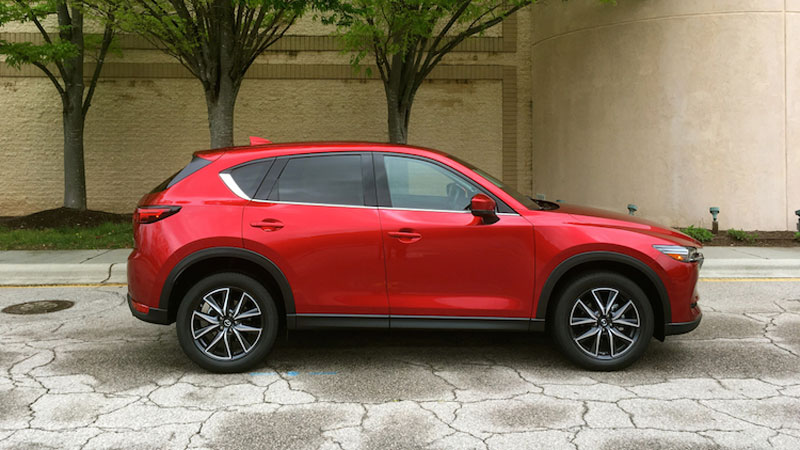What Do Engineers Look for in a Crash Test?
There’s quite a bit of controversy regarding crash tests. The most recent one involved the all-new Dacia Jogger and how it earned a one-star rating in the Euro NCAP test, despite it not being tested. On other occasions, the car seemingly looks like a pile of metal and receives top … Read more

